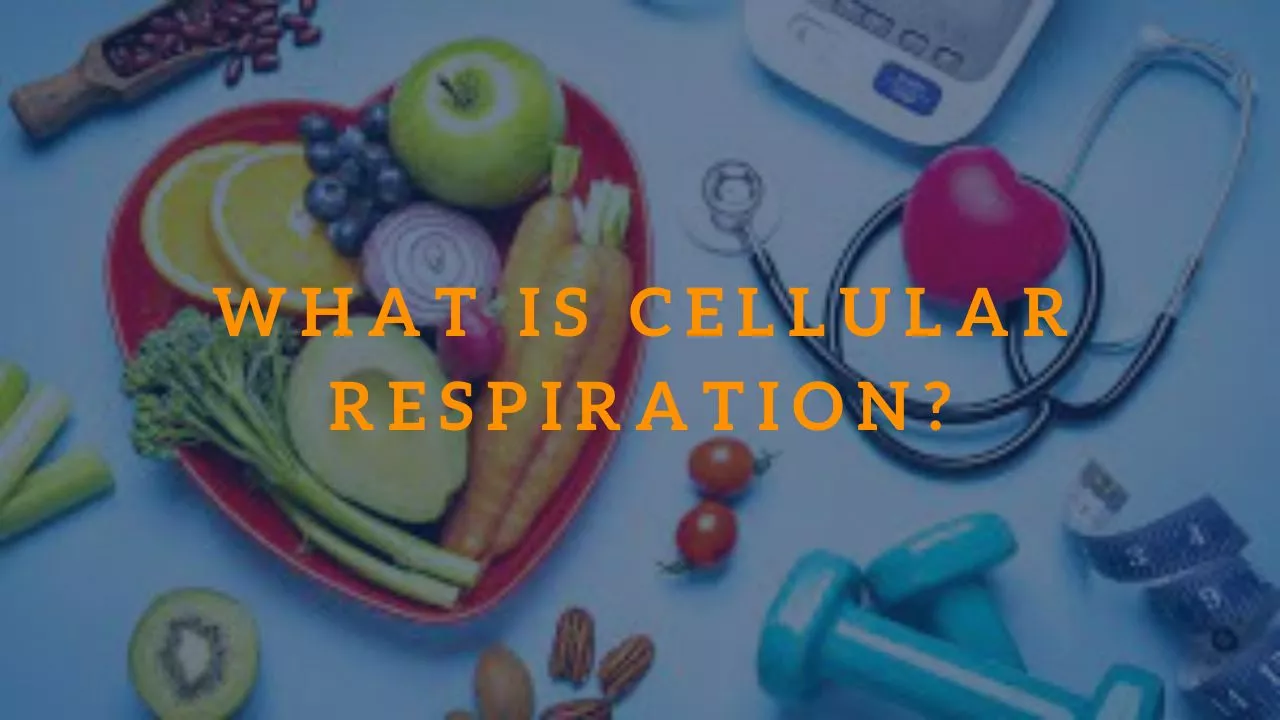Hello 1-GSM Visitors! In this article, we will be discussing the topic of cellular respiration. You might have heard about this term before, but do you know what it is and how it works? Cellular respiration is a biological process that occurs in the cells of all living organisms. It is essential for the production of energy that our bodies need to function properly. Let’s dive into the details of what cellular respiration is and how it works.

The Basics of Cellular Respiration
So, what exactly is cellular respiration? In simple terms, it is the process by which our cells convert glucose and oxygen into energy, carbon dioxide, and water. This process occurs in the mitochondria, which are organelles in our cells that are responsible for energy production. Cellular respiration is a complex process that involves several chemical reactions, but we’ll break it down into simpler terms.
The first step in cellular respiration is glycolysis, which occurs in the cytoplasm of the cell. During this process, glucose is broken down into two molecules of pyruvate. This step also produces a small amount of ATP, which is a molecule that stores energy.
Next, the pyruvate molecules enter the mitochondria, where they are further broken down in a process called the Krebs cycle. This step produces more ATP and carbon dioxide as a byproduct.
Finally, the last step in cellular respiration is the electron transport chain. This step occurs in the inner membrane of the mitochondria and produces the majority of the ATP that our cells need for energy. Oxygen is also required for this step, and it is used to create water as a byproduct.
The Importance of Cellular Respiration
Cellular respiration is essential for all living organisms because it provides the energy that our bodies need to function. Without this process, our cells would not be able to produce ATP, which is necessary for activities such as muscle movement, nerve function, and even breathing.
In addition to producing energy, cellular respiration also plays a role in regulating our body’s pH levels. Carbon dioxide, which is a byproduct of cellular respiration, can combine with water to form carbonic acid. This helps to maintain a stable pH level in our blood and other bodily fluids.
The Different Types of Cellular Respiration
There are two main types of cellular respiration: aerobic and anaerobic. Aerobic respiration requires oxygen and is the most common type of respiration that occurs in our bodies. Anaerobic respiration, on the other hand, does not require oxygen and is less efficient than aerobic respiration.
One example of anaerobic respiration is fermentation, which occurs in some bacteria and yeast. During fermentation, glucose is broken down into lactic acid or ethanol, which can be used as a source of energy.
Conclusion
In conclusion, cellular respiration is a vital process that occurs in all living organisms. It is responsible for producing the energy that our bodies need to function properly. There are several steps involved in cellular respiration, including glycolysis, the Krebs cycle, and the electron transport chain. It is also important to note that there are two main types of respiration: aerobic and anaerobic. We hope this article has helped you understand what cellular respiration is and how it works. See you again at our other interesting article!
